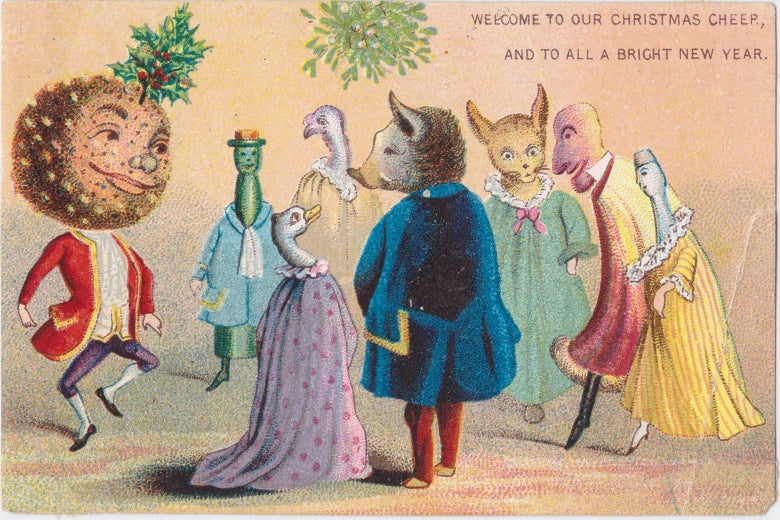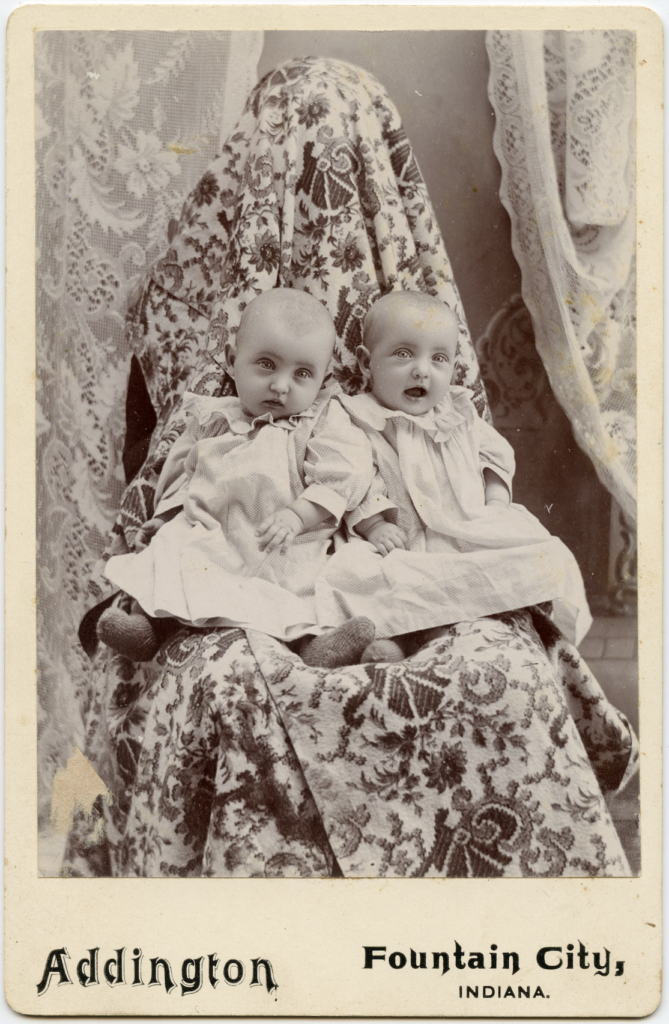Public Writing
Most of the following essays have links, but those that only appeared in print are only offered as bibliographic entries.
“Of Sunflowers, and Hope, in Times of Drought,” The New Territory, Issue 14 (Fall 2023): 29-31.
A lyric essay on exploring fields of sunflowers with my daughter and meditating on what it means to live in the Upper Midwest—a traditionally water-rich existence amongst Minnesota lakes—during times of extreme drought.
“On Watching Eighteen,” Listen to Your Mother Twin Cities (live event; text available here), May 2023.
A lyric essay that takes the occasion of senior prom to reflect on the bittersweetness of having a child poised on the cusp of adulthood.
Academic Service is Intellectual Labor. The Chronicle of Higher Education. March 29, 2023.
Service labor is distributed inequitably in our profession, but fair redistribution is only the first step of the solution. To tackle the causes of this problem, we need to radically rethink the terms of so-called service and make it visible as the intellectual labor that it is.
A Pudding, A Duck, and a Lute: How Victorian Christmas cards got so beautifully odd. Slate. December 23, 2021.

If you’ve ever wondered about the origins of Christmas cards, or if you’ve seen some of the madcap ones that circulated in the nineteenth century, this essay might be for you. It includes lots of images and details provided by the descendants of one of the original printing companies to produce such cards from the 1850s onwards.
“Victorian hidden mothers and the continued erasure of mothering,” Psyche, December 1, 2021.

This piece examines so-called hidden mother photographs—Victorian images of very young children in which the adults who hold them are draped with fabric or half tucked behind furniture but nonetheless obvious. Although such images are routinely read sensationally as little more than historical oddities, this essay argues that they are much more complex and interesting artifacts: They reveal nineteenth-century attitudes towards both childhood and maternity, and our sense of them reveals much about our own preconceptions.